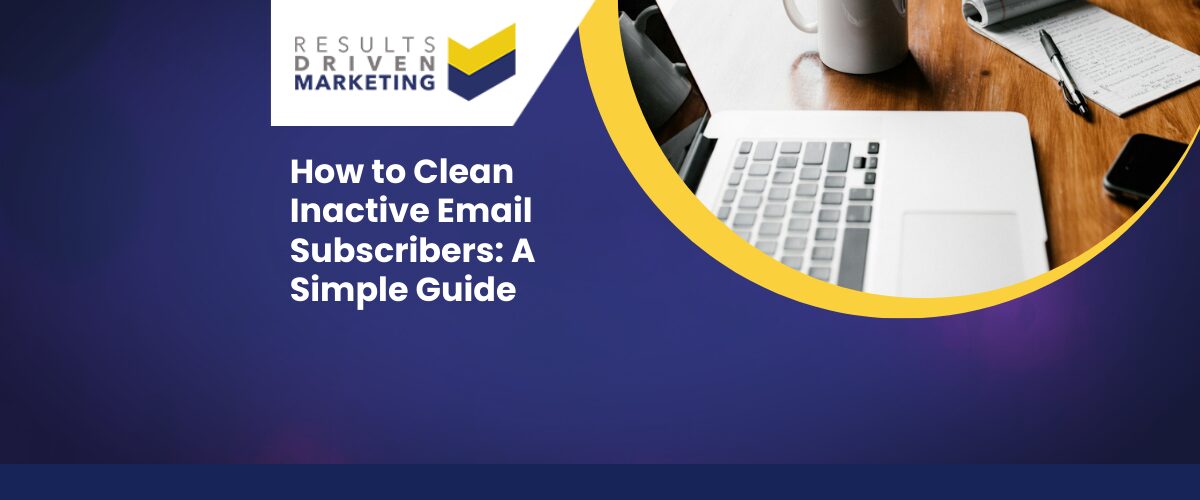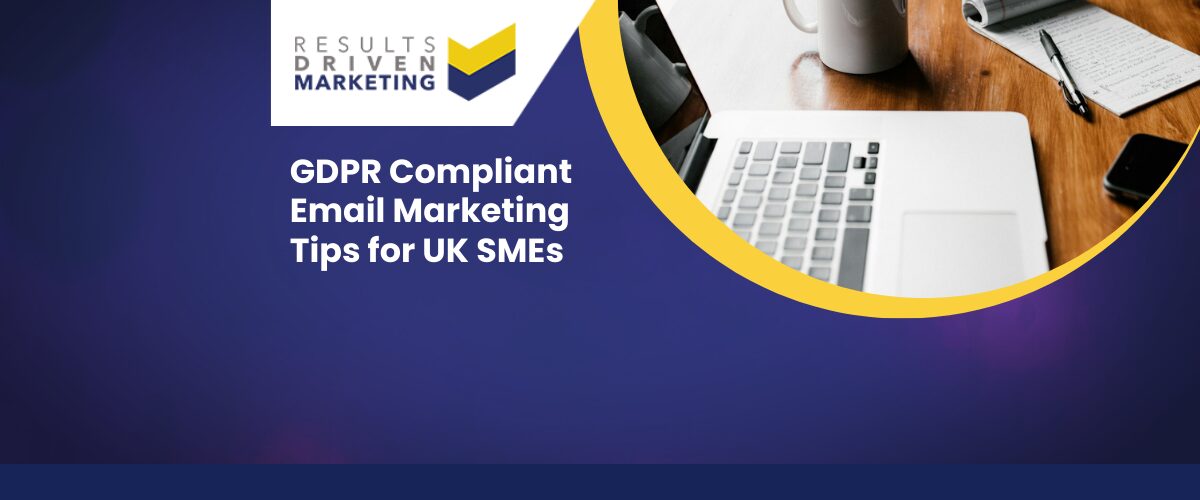
How to Clean Inactive Email Subscribers: A Simple Guide
How to clean inactive email subscribers is one of the most overlooked but powerful ways to improve email marketing performance. Many SMEs put huge effort into sourcing good B2B data and creating campaigns, only to find engagement steadily dropping. The issue isn’t always the message—it’s often that a portion of the list has gone cold.
Inactive subscribers hurt more than just your metrics. They drag down open and click rates, distort reporting, and can even damage your sender reputation—making it harder for engaged prospects to see your emails at all. Continuing to target unresponsive contacts wastes time and budget while giving a false sense of reach.
The good news? With the right approach, you can identify, re-engage, and remove inactive subscribers in a way that strengthens your database and improves ROI. In this guide, we’ll show you the steps SMEs can take to keep lists healthy, compliant, and focused on the people most likely to convert.
Table of contents:
Why Cleaning Inactive Subscribers Matters
For SMEs, email marketing works best when campaigns reach the right people at the right time. But if your database is packed with inactive subscribers—people who haven’t opened, clicked, or replied for months—it can seriously weaken results.
Here’s why cleaning matters:
-
Improves deliverability – Email platforms track engagement. A high number of unopened messages signals poor relevance, increasing the risk your emails are filtered into spam.
-
Protects your sender reputation – Regularly emailing unresponsive contacts can harm your credibility with internet service providers, making it harder for active subscribers to see your campaigns.
-
Saves time and budget – Why spend effort on contacts who never respond? Smaller, engaged lists perform better than large, unresponsive ones.
-
Keeps reporting accurate – Inactive subscribers inflate list size and distort metrics, giving a false sense of campaign performance.
Cleaning inactive contacts isn’t about losing reach—it’s about focusing on the subscribers who are most likely to turn into customers.
Spotting Inactive Subscribers
Before you can clean your list, you need to know who counts as inactive. Every business is different, but generally, inactive subscribers are those who haven’t opened, clicked, or replied to your emails within a set timeframe.
Signs of inactivity include:
-
No email opens in 3–6 months
-
Zero clicks on links or calls-to-action
-
No replies to any campaign or follow-up messages
Setting timeframes
For most SMEs, a 3–6 month inactivity window works well. However, if your campaigns are seasonal or less frequent, you may want to extend this to 9–12 months. The goal is to spot the difference between genuinely inactive subscribers and those who simply engage less often.
By identifying these contacts early, you can decide whether to run a re-engagement campaign or remove them from active outreach, keeping your list lean and effective.
Steps to Clean Your List Safely
Once you’ve identified inactive subscribers, the next step is to clean your list without losing valuable contacts unnecessarily. A structured approach helps you recover some engagement while protecting list quality.
Step 1 – Segment Your Data
Start by separating active subscribers from those who show little or no engagement. Create groups based on open rates, clicks, or replies. This ensures your re-engagement efforts are targeted and your active subscribers aren’t affected.
Step 2 – Run a Re-Engagement Campaign
Before removing contacts, give them a final chance to show interest. A short campaign could include:
-
A “still interested?” message
-
A reminder of the benefits of staying subscribed
-
An option to confirm their preferences
Keep it simple and direct. If they engage, move them back to your active list. If not, it’s time to act.
Step 3 – Remove or Archive Non-Responders
Contacts who remain unresponsive after re-engagement should be removed from active campaigns. You can either archive them for reference or permanently delete them, depending on your data management process. This keeps your list healthy and your campaigns focused on engaged prospects.
Best Practices to Maintain a Healthy List
Cleaning inactive subscribers isn’t a one-time task—it should become part of your regular email marketing routine. By keeping your list fresh, you protect deliverability and maximise campaign ROI.
Here are some best practices SMEs can follow:
-
Review your database regularly – Set a schedule (e.g. every 3–6 months) to check for inactivity.
-
Prioritise engagement, not size – A smaller list of active subscribers will always outperform a large, unresponsive one.
-
Segment and personalise – Tailored content based on role, sector, or region makes it more likely subscribers will stay engaged.
-
Respect preferences – Give contacts clear options to adjust frequency or topics rather than unsubscribing altogether.
-
Stay compliant – Always ensure your list is managed according to GDPR and CTPS requirements.
By treating your email list as a living asset, you’ll build stronger campaigns that reach the right people and generate better results over time.
Why Choose Results Driven Marketing
At Results Driven Marketing, we know that keeping your email list clean is only part of the puzzle. The real key to success is combining healthy databases with accurate, targeted B2B data and practical support that helps SMEs run campaigns with confidence.
Here’s why UK businesses choose us:
-
Accurate, targeted B2B data – Reach decision-makers across 2,000+ sectors.
-
Compliance as standard – All data is GDPR and CTPS checked, giving you peace of mind.
-
Tailored targeting – Whether you’re looking for owners, directors, or sales and marketing leads, we’ll help you refine your audience.
-
Practical advice – We don’t just provide data—we guide SMEs on how to use it effectively in campaigns.
-
Proven results – Our clients see stronger engagement, reduced wasted spend, and more qualified leads.
We help SMEs move from bloated, underperforming lists to focused, profitable campaigns powered by fresh, responsive contacts.
Next Steps for Stronger Email Campaigns
By now, you know how to clean inactive email subscribers and why it’s such a crucial step for SMEs looking to improve campaign results. A clean, engaged list means better deliverability, more accurate reporting, and stronger ROI.
To keep your email marketing effective:
-
Segment and review your database regularly
-
Run re-engagement campaigns before removing contacts
-
Focus on quality over quantity—engaged subscribers drive results
-
Pair list cleaning with accurate, targeted email lists to keep campaigns growing
At Results Driven Marketing, we specialise in helping SMEs build and maintain high-performing databases. From supplying fresh B2B data to offering practical guidance, we make sure your campaigns reach the right people with the right message.
👉 Ready to improve your outreach? Contact us today to discuss your data needs and start building stronger campaigns.
Results Driven Marketing
IIB Trading Ltd, trading as Results Driven Marketing
📍 Cobalt Business Exchange, Newcastle
📞 0191 406 6399
🌐 rdmarketing.co.uk





